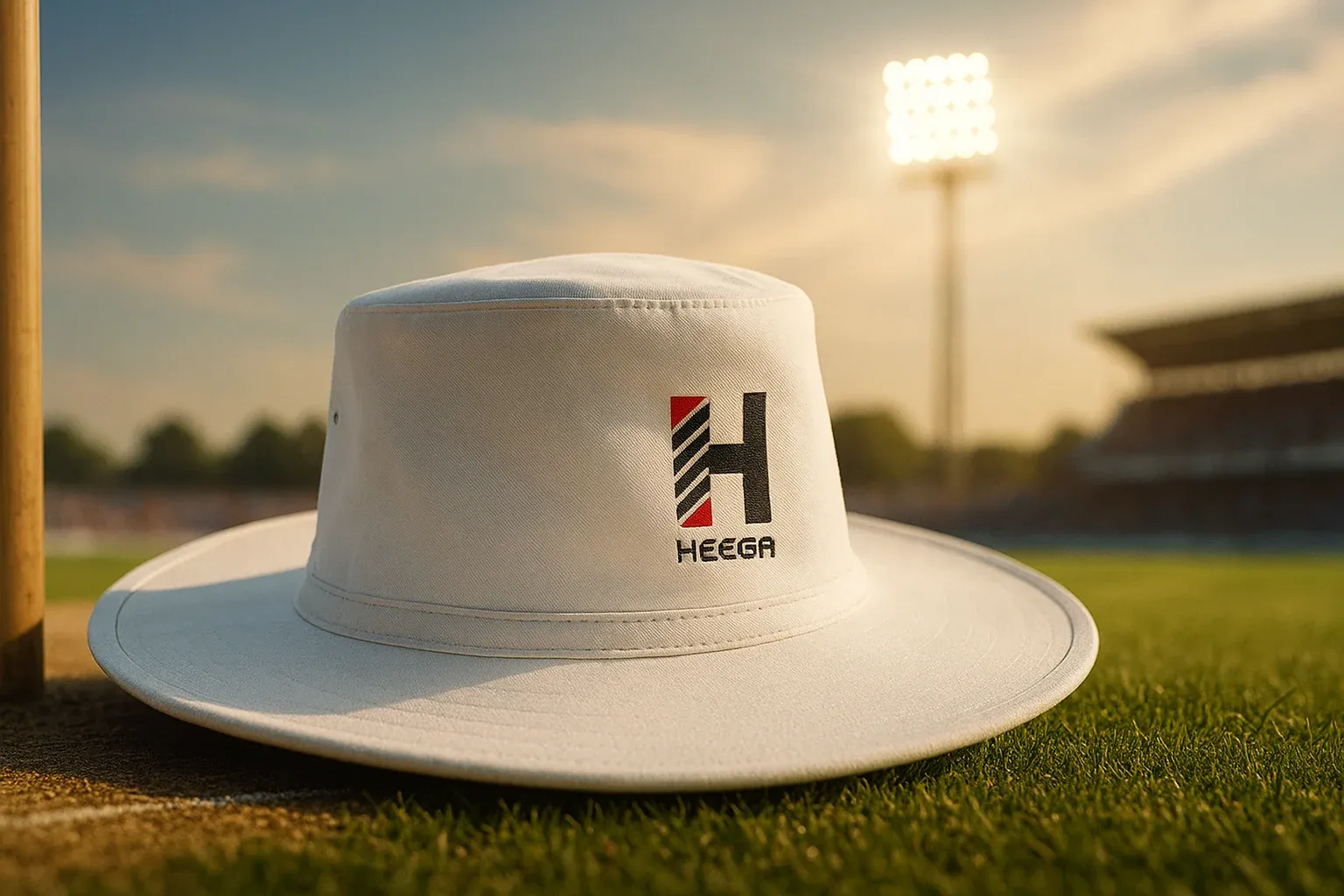
Cricket is often called the “gentleman’s game,” and every element on the field has its own identity and symbolism. While players’ kits and bats often grab attention, one accessory stands out quietly yet significantly—the umpire’s hat.
For decades, umpires have donned hats as part of their uniform. But is it just about style and tradition, or does the hat serve a deeper purpose? The answer is both. The umpire’s hat combines functionality, symbolism, and heritage, making it an integral part of the cricketing culture.
In this blog, we’ll explore the history of umpire hats, their practical benefits, and their symbolic value, and we’ll answer why this simple accessory holds such importance in cricket.
The Tradition of Umpire Hats
Umpires have worn hats since the early days of organized cricket in the 18th and 19th centuries. Back then, cricket was played outdoors in long matches, often under the blazing sun. Hats were more than just clothing accessories—they were necessary for comfort.
Over time, the wide-brimmed white hat became synonymous with cricket umpires. It gave them a professional, distinguished appearance and differentiated them from players. Today, even though some umpires occasionally wear caps, the wide-brimmed hat remains a traditional symbol of authority and neutrality.
Practical Reasons Why Umpires Wear Hats
While tradition plays an important role, umpire hats also serve several practical purposes that help them perform their duties better.
1. Protection from the Sun
Umpires often stand on the field for hours during a match, directly exposed to the sun. Hats provide essential shade and cooling, preventing sunburn, dehydration, and fatigue.
2. Clear Vision
Direct sunlight can make it hard to track the ball. A hat brim reduces glare, ensuring the umpire has a clear line of sight while judging deliveries, catches, or boundaries.
3. Professional Appearance
Hats add to the formal look of an umpire’s attire. In a game where presentation matters, the hat enhances professionalism and authority.
4. Utility on the Field
Believe it or not, umpire hats often double as storage! Bowlers sometimes hand over their caps or sunglasses to umpires during overs. While not always practical, umpires occasionally tuck them into their hats or keep them balanced for safekeeping.
5. Weather Protection
Apart from the sun, hats also provide a degree of shelter from drizzle, wind, or dust. For umpires who must stay focused regardless of conditions, the hat is a simple yet effective shield.
Symbolism of the Umpire Hat
Beyond its functionality, the umpire hat carries symbolic weight in cricket.
- Neutral Authority: The hat distinguishes umpires from players, highlighting their unbiased role.
- Respect & Tradition: Just like the white coat in medicine, the hat in cricket has become a mark of respect and tradition.
- Consistency Across Formats: Whether it’s a Test match, ODI, or T20, the hat unifies the umpire’s image across all levels of the game.
Evolution of the Umpire Hat
In the past, wide-brimmed Panama-style hats were the standard. Today, some umpires prefer caps or even go hatless during evening matches under floodlights. However, the iconic wide-brimmed hat continues to dominate in Test matches, where tradition is most strongly preserved.
Brands have also started designing specialized umpire hats with breathable fabric, moisture-wicking properties, and UV protection, ensuring comfort without losing the classic look.
Famous Umpires and Their Iconic Hats
Some umpires became so synonymous with their hats that fans often remember them for it.
- Dickie Bird – Known for his traditional white hat and no-nonsense style.
- Steve Bucknor – His calm demeanor and wide-brimmed hat were legendary in the cricketing world.
- Aleem Dar – Modern-day umpire often seen sporting the wide-brimmed hat in Tests.
These figures show how a simple hat becomes part of an umpire’s personality and legacy.
Modern Perspectives: Cap vs Hat
With modern cricket’s fast-paced T20 matches, some umpires opt for caps instead of hats for comfort and convenience. Caps are lighter and easier to manage in windy conditions.
Still, the wide-brimmed hat remains the preferred choice in longer formats because of its heritage and practical sun protection.
Conclusion
The umpire’s hat is far more than just a fashion statement—it is a blend of tradition, utility, and symbolism. From protecting umpires against harsh weather to giving them a professional identity, the hat continues to play a central role in cricket’s culture.
So, the next time you watch a match, spare a glance at the umpire’s hat. It represents not only the rich history of the game but also the quiet strength of those who uphold its fairness and spirit.
Shop Now
Looking for premium cricket umpire hats with comfort and style? Discover our collection of durable, lightweight, and sun-protective hats designed for professionals.